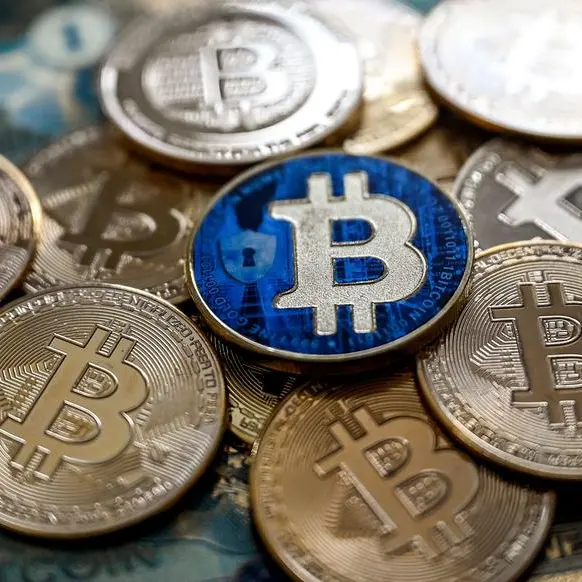PHOTO
SINGAPORE - The dollar headed for a second weekly gain in a row on Friday on signs of resilience in the U.S. economy and caution about rate cuts from central bankers.
Weekly gains on the risk-sensitive Australian and New Zealand dollars of 1.7% and 2.1% are set to be the largest since November and June respectively. Markets price a 57% chance of a U.S. rate cut in March, down from 75% a week ago.
The dollar index is up 0.9% to 103.4 on the week and at 148.12 yen the dollar is up almost 5% on the Japanese currency this year as confidence that the Bank of Japan (BOJ) is about to hike rates has also been rattled.
Data on Friday showed Japan's core inflation slowed to 2.3% in the year to December, its lowest annual pace since June 2022 - seemingly vindicating policymakers' wait-and-see approach.
"The market's realisation that rates hikes will not be easy for the BOJ in the coming months and the coincident repricing of Fed rate cut risks have already been reflected in the move higher in dollar/yen," said Rabobank strategist Jane Foley.
Rabobank revised its one-month forecast for dollar/yen to 148 from 144, expecting further unwinding of bets on the pace of U.S. rate cuts to support the dollar.
Currency moves early in the Asia session were modest on Friday, leaving the euro down 0.7% for the week at $1.0878 and sterling down 0.3% to $1.2708.
The Aussie caught a little support from stabilising iron ore prices and rose 0.1% to $0.6578. The kiwi was steady at $0.6118.
Overnight U.S. labour-market data was strong, with weekly jobless claims dropping to their lowest level in nearly 1-1/2 years, adding to the pressure on market rate-cut wagers.
Two-year Treasury yields, which track short-term interest rate expectations, are up 22 basis points this week to 4.3587%.
Earlier data showed retail sales rose more than expected in December. Federal Reserve Governor Christopher Waller said on Tuesday the U.S. economy's strength gives policymakers flexibility to move "carefully and slowly" which traders took as pushing back at pricing for a speedy fall in rates.
A similarly hawkish chorus from European central bankers has also dialled back expectations for cuts in Europe, limiting the euro's fall on the dollar and driving gains for crosses such as euro/yen and euro/swissy.
An unexpected rise in British inflation also drove a sharp pullback in bets on Bank of England interest rate cuts, and leant support to sterling.
Bitcoin hit a five-week low at $40,484 overnight as traders have taken profits following the U.S. approval of spot bitcoin exchange-traded funds. Speculators drove the price 150% higher during 2023 in anticipation that the approval paved the way for large-scale investors to buy the cryptocurrency.
(Reporting by Tom Westbrook.)























